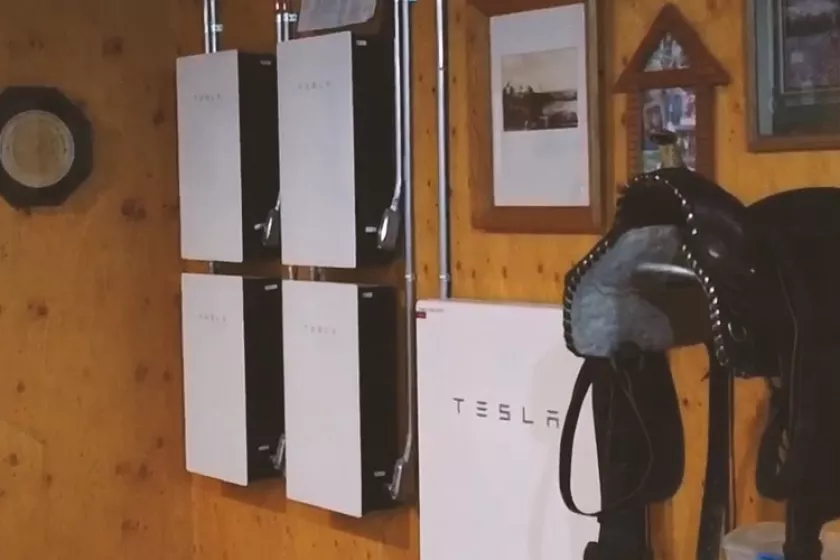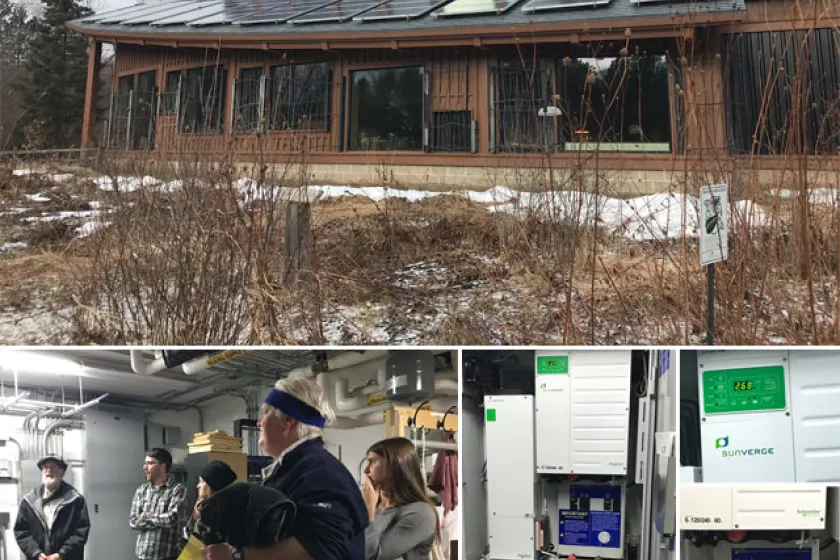Batteries store energy for later use. That energy is usually generated by solar panels but can also be charged from utility grid power.
Battery size is measured in kWh. This determines how long it can power your devices before needing to be charged.
Off-peak heating is also energy storage because it stores energy (usually electricity when it is cheap) in the form of heat using bricks or water that are later used to heat the home.
Larger businesses and utilities have additional energy storage technology options.





